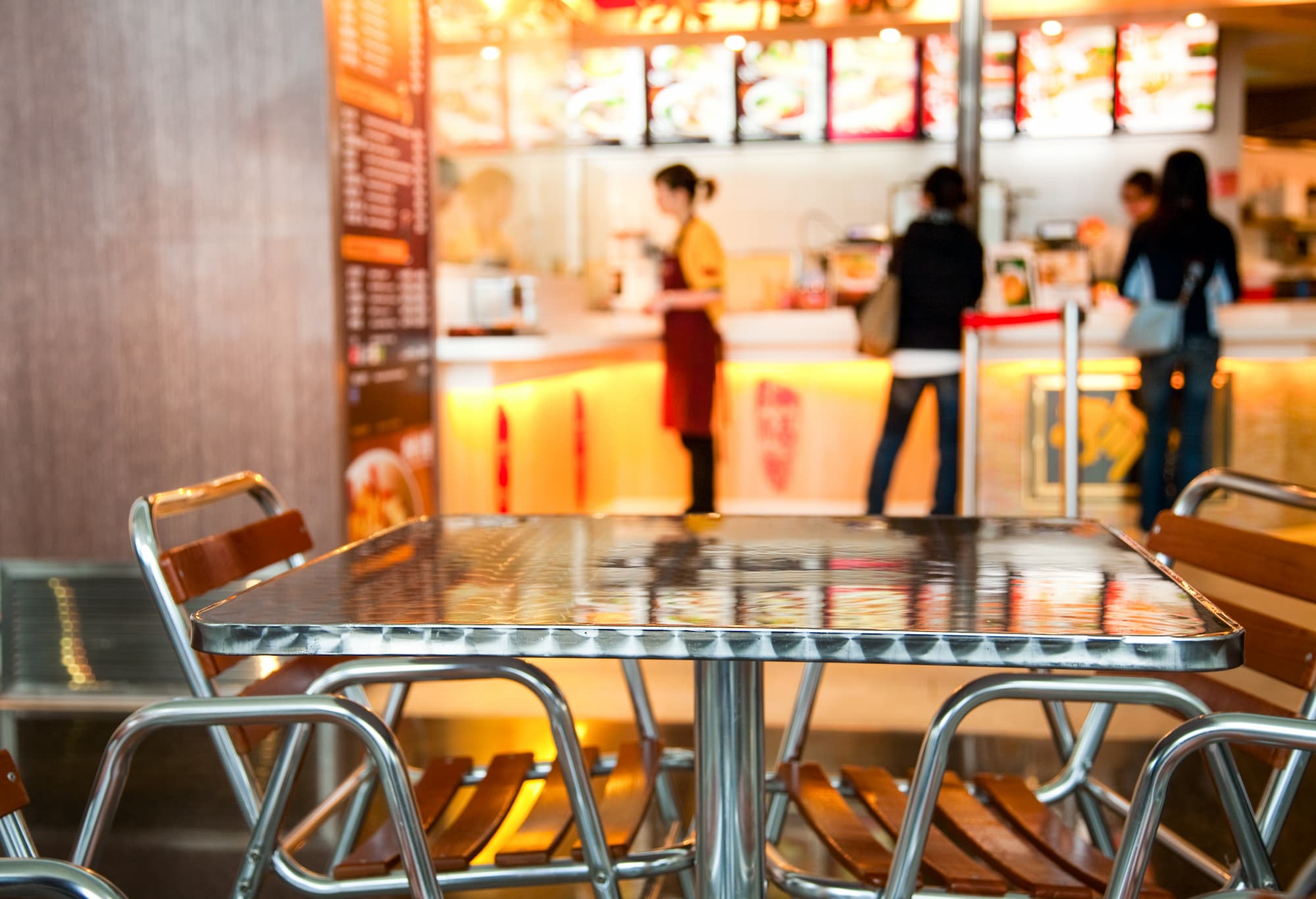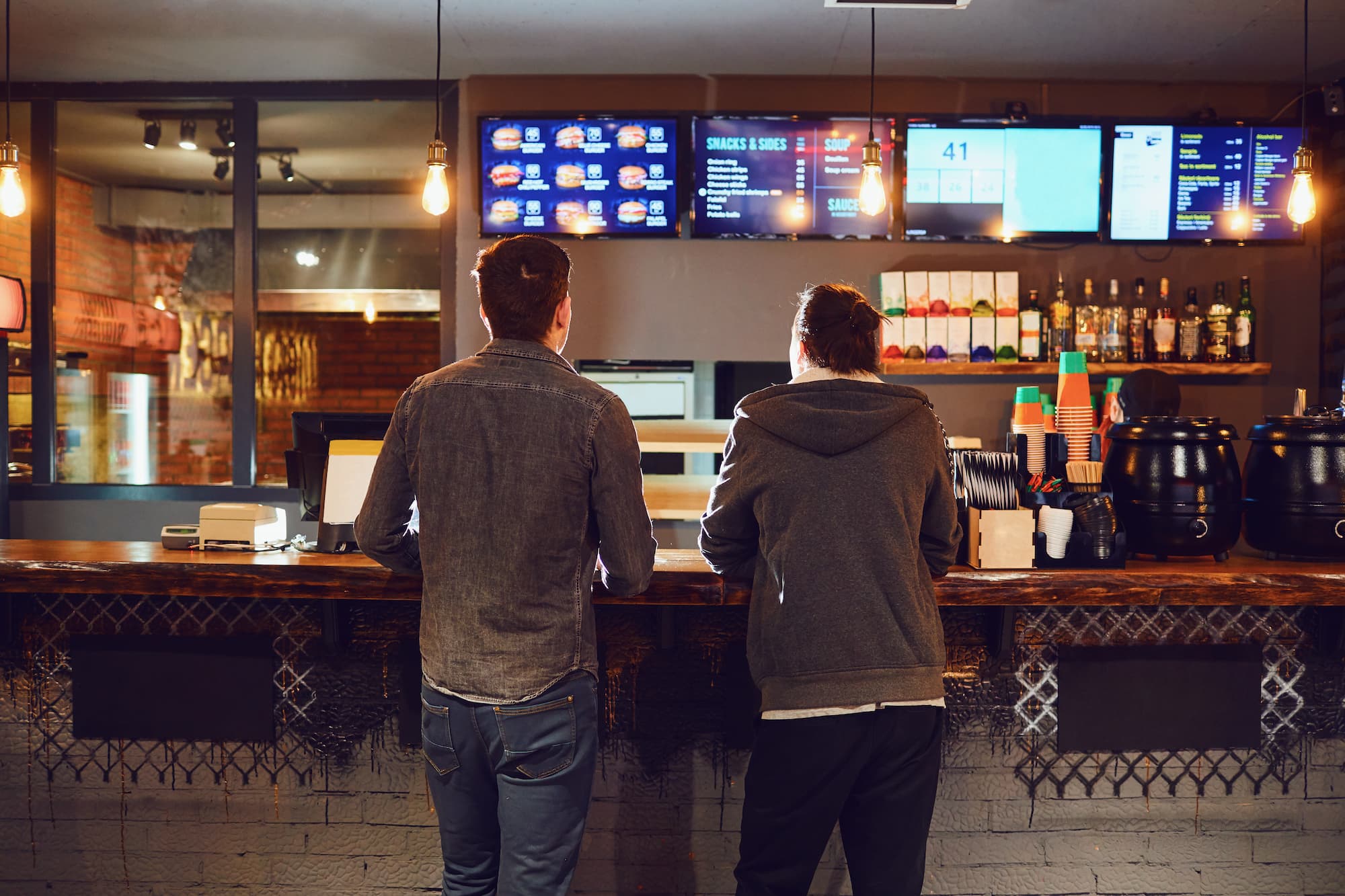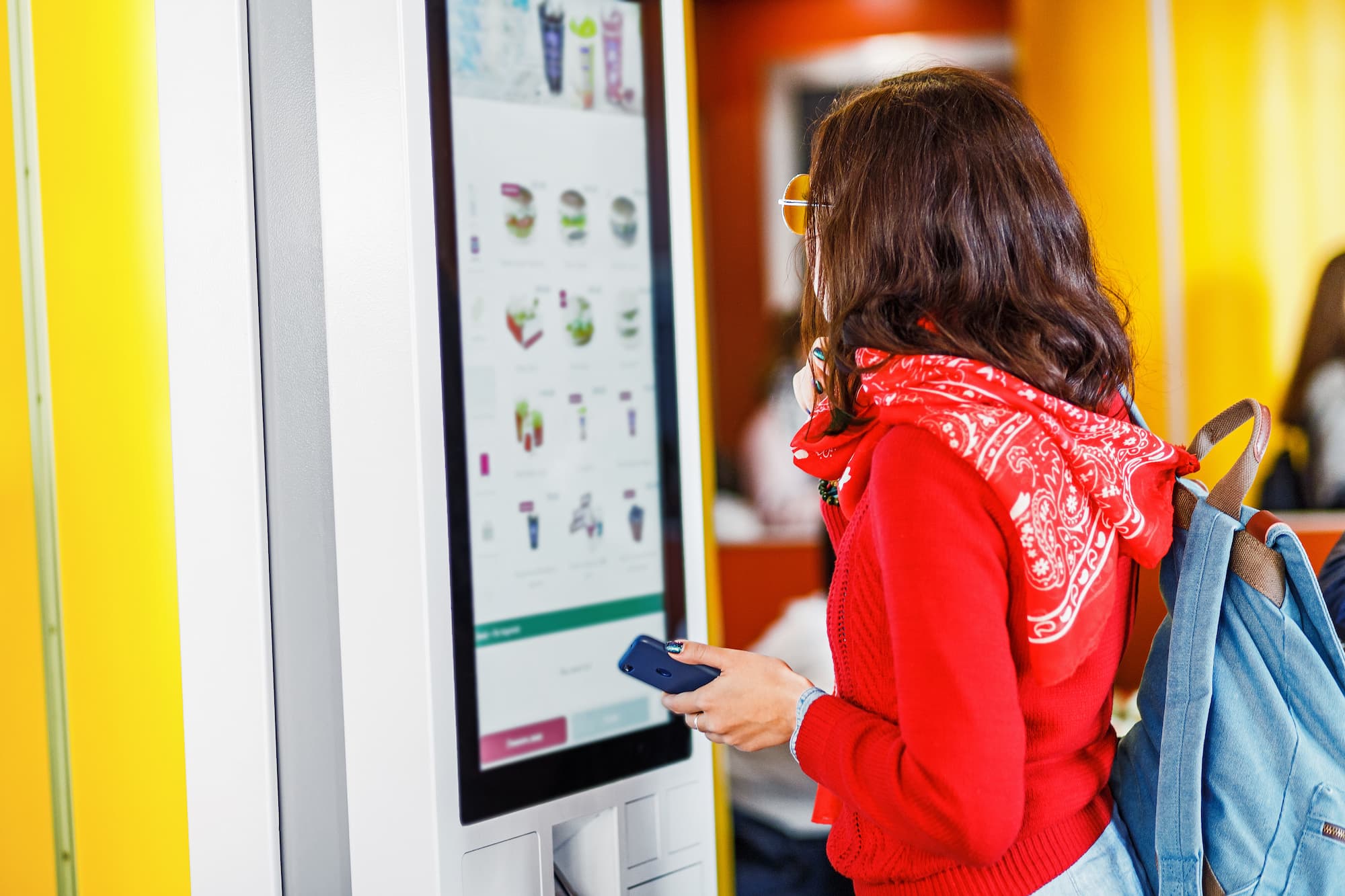QSR tech adoption has increased during the COVID-19 pandemic as restaurants pivoted to meet shifting consumer demand. But what happens once the pandemic ends — or even as it continues, with new outbreaks and variants prolonging the upheaval?
Will some QSR tech trends fade away, no longer relevant based on another shift in consumer sentiment? Certainly. But others are here to stay, and some are only just getting started.
While we don’t have a crystal ball, we can glean certain insights as we support quick service restaurant clients around the globe with their restaurant IT deployment needs. Below is the current outlook from the team at Kinettix on how QSR tech will continue to evolve alongside and after the COVID-19 pandemic.
1. Consumer Tech Adoption Is Here to Stay
Plenty of large QSR chains were pushing consumer tech innovations prior to the pandemic, like ordering kiosks, app-based ordering, and loyalty programs. But consumer resistance was persistent — until COVID.
COVID-19 forced restaurants and consumers alike to change their habits, and this extended to how consumers order and receive food from QSRs and fast-casual restaurants. Consumers who didn’t know about a restaurant’s app learned about it, and consumers that had the app but never used it started using it.
And here’s the thing: where restaurants already had — or managed to build during the pandemic — a quality consumer tech product, all these new users discovered that it was indeed a quality product.
The pandemic will eventually end or at least settle into a new normal. But when that happens, consumers aren’t going to give up on the tech they’ve adopted. Consumer-facing QSR tech is here to stay. Restaurants need to adopt it — and continue innovating.
2. Omnichannel Isn’t a Blip
Along with what has happened with consumer tech adoption in the QSR space, we’re seeing similar changes in terms of how customers order food and experience quick service dining.
Many QSRs were already pushing or experimenting with multi- or omnichannel strategies, offering a range of sales and experience types to please a broader market. COVID pushed restaurants hard in that direction, as restaurants looked for any available means to stay afloat.
We’ve seen a tremendous expansion of offerings and channels, including grab-and-go, curbside, drive-thru, first-party delivery, and app-based third-party delivery partners. These join order-ahead and order-on-site, the two main channels QSRs were using prior to the pandemic.
Certainly, some of the shifts in consumer habits won’t continue to the same degree. Soggy fries from a third-party delivery app don’t make the best impression. But if we take a step back, we do know that consumers won’t just snap back to their previous habits entirely. And that means that omnichannel isn’t a blip — it’s here to stay.
3. Tech Adoption Will Favor Franchises and Chains
In the QSR space especially, some of the emerging technology solutions are significant in terms of upfront cost, and even in restaurant IT support and deployment needs. As a result, the rollout of emerging tech will be uneven, favoring larger franchises and chains over smaller ones and independent restaurants.
This isn’t to say that locally-owned restaurants can’t invest in tech or can’t continue to succeed. But it’s inevitable that most of the larger-scale and most fully featured tech solutions will arrive at the larger players first. And those larger franchises and chains may well see and reap the benefits of early adoption. With better efficiency and unit economics, chains may continue expanding at a fairly rapid clip.
4. Building Design Will Better Support Off-Premises
The QSR buildings from the mid-2000s or early 2010s were built in a completely different era. They don’t — and, often, can’t — support off-premises very well. They’re designed with single kitchens based on the concept of a single stream of customers, all of whom order at the counter or at the drive-thru. There’s no elegant solution for online pickup, let alone a specific location for third-party delivery drivers.
Savvy brands are already rethinking store design based on the many changes in consumer behavior. Chipotle, for example, has reconfigured most of its stores with two identical food prep spaces. There’s the counter guests know and love, plus a duplicate setup in the back exclusively for online customers.
Expect this trend to continue, with more thoughtfully placed pickup areas and designated (even back-of-house) pickup points for drivers. Parking lots and drive-thrus will see changes as well, with more intentional designs for curbside pickup, rather than just converting existing parking spaces in place.
Technology Growth Requires the Right Deployment Partner
As QSR tech continues to evolve through this decade and beyond, restaurant IT needs will grow in breadth and complexity as well. IT vendors serving the restaurant industry need a deployment partner they can rely on, one with a depth of experience and a global footprint.
Kinettix is that global IT deployment partner. If you’re ready to evolve your IT deployments along with your clients’ QSR tech, connect with us today.






